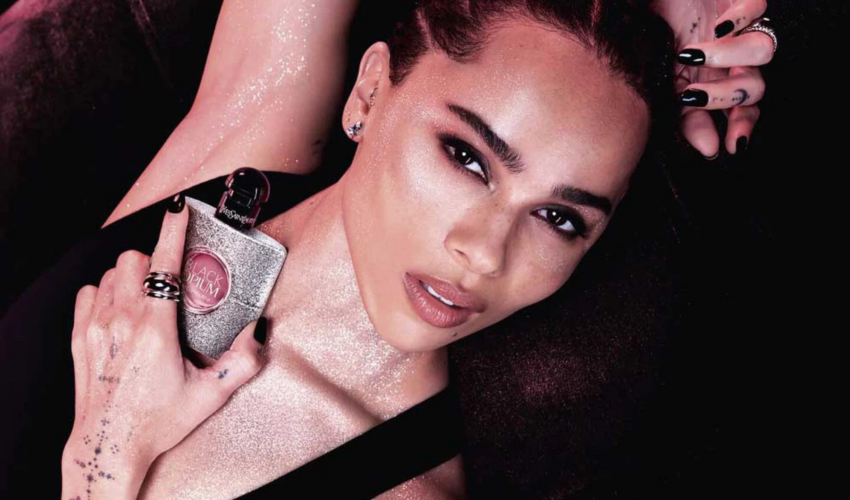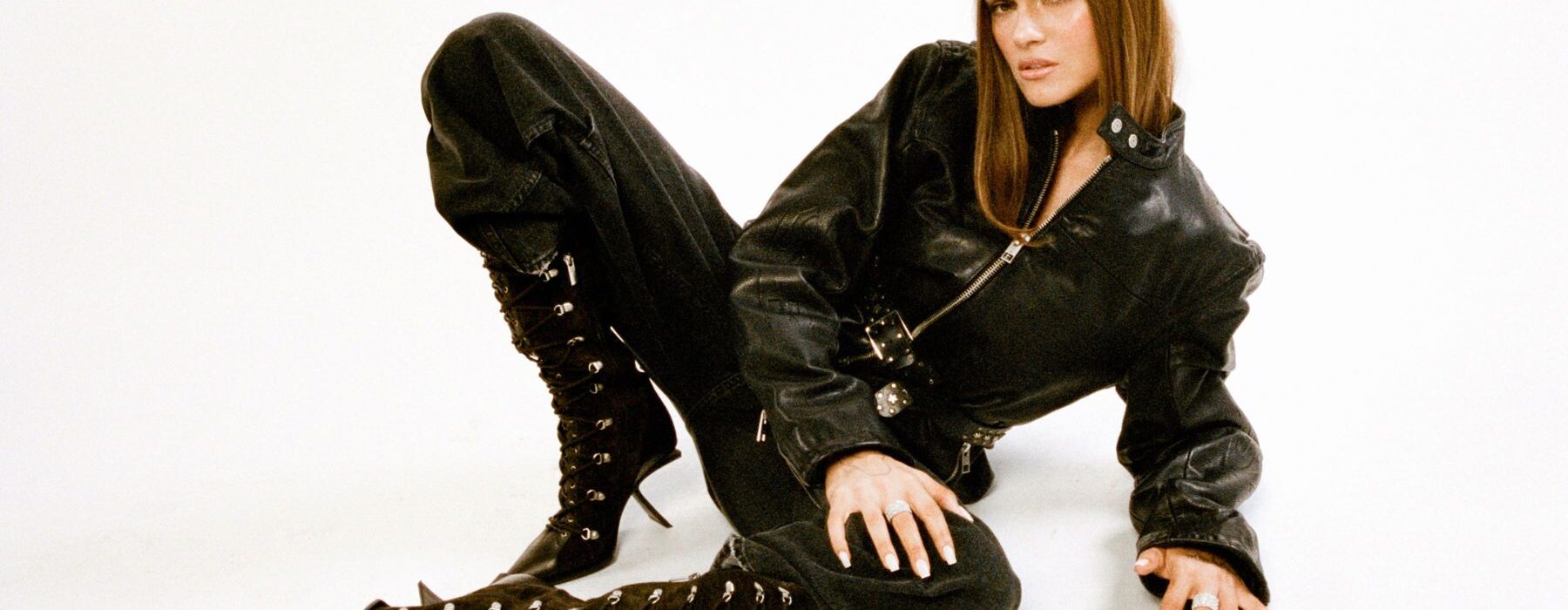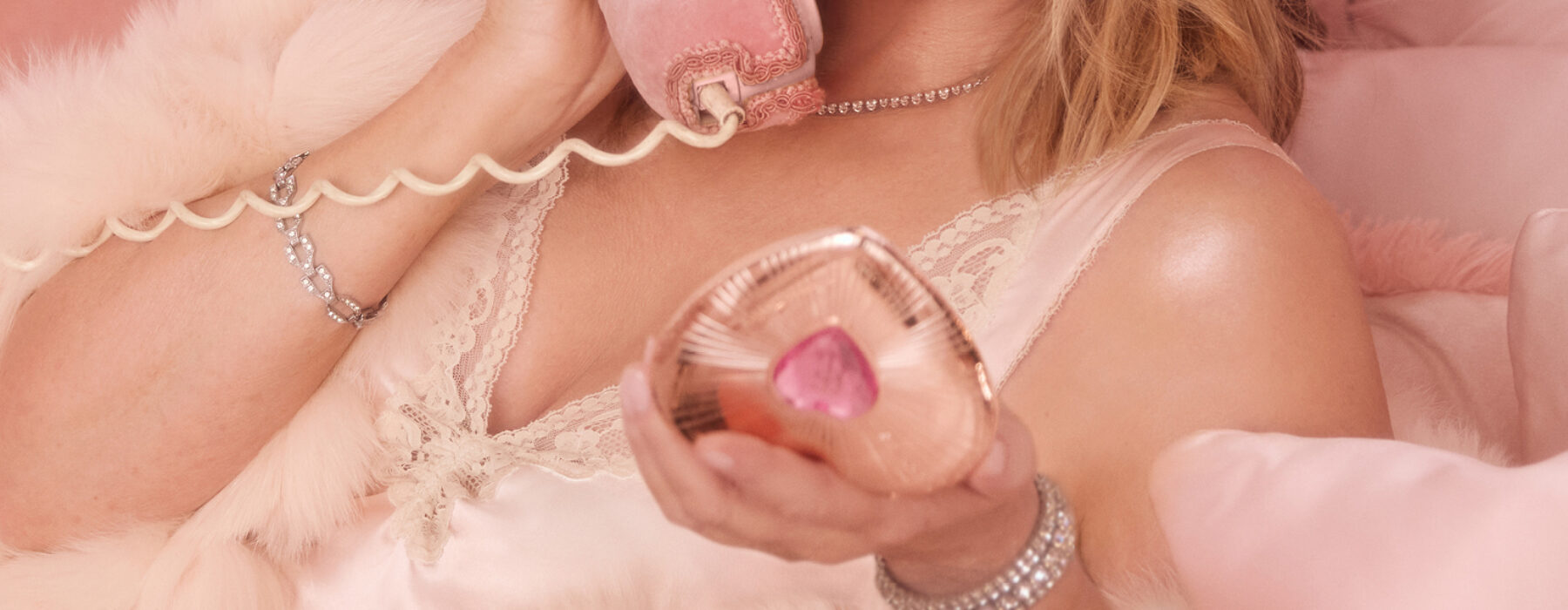Beauty
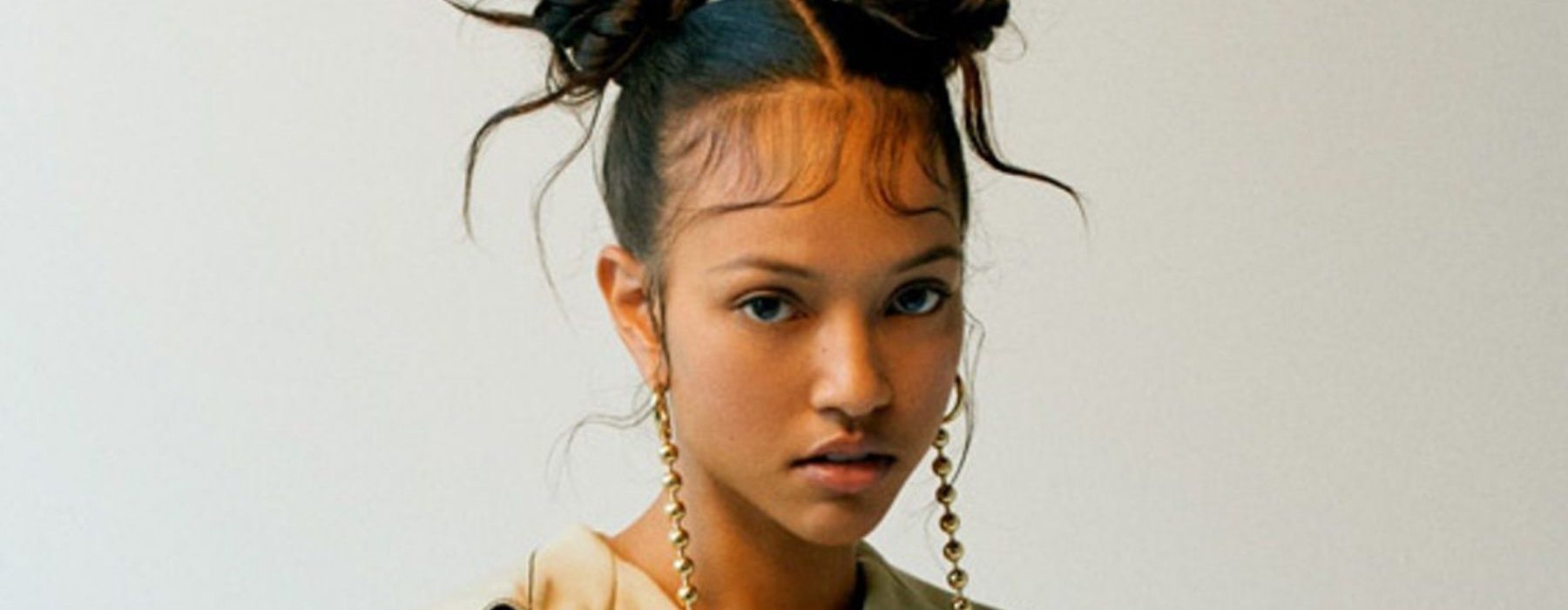
Let’s Talk About: Dandruff
what causes it and why?
Everyone and anyone who has ever suffered from dandruff know it’s more than just a minor inconvenience. It’s about as unglamorous as backne – but it happens.
If you’ve noticed flaking from your scalp, you’ve probably reached for the age-old supermarket cure – but because of the stigma that surrounds dandruff and the fact that not many people talk about it, chances are you probably don’t know much about the cause or whether or not the products are working for you.
We spoke to Trichologist, Lisa Caddy from Philip Kingsley to help us understand dandruff, why we get it and how to make sure those pesky snowflakes don’t fall all year round.
What exactly is dandruff?
First things first, we know how to identify it, but did you know that “Dandruff occurs when certain yeasts naturally found on the scalp (called the Malassezia yeasts) overgrow. This imbalance of the scalp’s microflora can cause skin cells to divide too rapidly and as they are produced faster than they can be shed, flakes appear. The Malassezia yeasts are lipophilic – meaning they thrive in an oil environment. This means dandruff is almost always an oily scalp condition, not a dry one.” – Lisa Caddy, Trichologist and Brand Ambassador
Why do we get dandruff?
“Some people are simply predisposed to getting a flaky, itchy scalp, but there are things that can flare it up,” these triggers increase our scalp’s sebum production leading to dandruff.
The common triggers:
- Stress
- Infrequent shampooing
- Hormonal fluctuations
- Eating certain foods such as full-fat dairy products, spicy dishes and sugary treats
- Alcohol such as white wine and champagne
Can colder seasons play a role in its occurrence?
Short answer, yes! “Dandruff is most common in the winter,” the dry cold weather can make your flaky scalp even more cranky. Similarly to the skin on our faces, the cold weather can upset our scalp’s delicate balance – this can also be triggered by our winter diet. Think heavier foods like cheese and cream as they cause an increase in yeast on the scalp which in turn results in a higher level of skin cell turnover. You might want to pass on the carbonara this season.
How can we tell it’s dandruff and not something like psoriasis?
“Most people will develop dandruff at some time or another which is just an increase in skin cell turnover, showing as small white flakes in your hair and on your clothes. However, dandruff isn’t typically itchy and so if mild flaking is accompanied by itching, soreness, a build-up of large flakes or a burning sensation, this may be a seborrheic (oil) eczema or psoriasis, which are the most common scalp conditions.”
How can we reduce the occurrence of dandruff?
- If you only wash your hair 1-2 times a week, shampoo more! “When you don’t shampoo, dead skin cells are simply left to accumulate on your scalp and become visible.”
- Add scalp toner to your hair regime.
- Stress can affect your hormone levels so managing your stress levels is ideal. Stress “Can raise testosterone levels, which in turn can increase your scalp’s oil production (as mentioned, Malassezia yeast loves oil). Stress can also cause itching and inflammation of your scalp.”
- Asses your diet. Lisa suggests “Cutting out, or reducing (your) intake of cheese, white wine, and sugary foods makes a huge difference to your scalp.”
- Eat plenty of fresh fruit
- Get a blood test! Check for your Omega-6 and Omega-3 ratio. “When the ratio of Omega 6 to Omega 3 is too high, it may exacerbate scalp conditions.”
- Take Omega-3 supplements
- Increase your intake of Omega-3 rich foods, such as salmon, sardines and walnuts.
What type of products should we be looking out for?
- Look for targeted anti-microbial scalp masks to help rebalance your scalp microflora.
- Using a targeted shampoo and conditioner will help to reduce flaking and itching.
- Use a scalp toner to help tighten the pores and control oil production.
Read More Beauty
Read More From En Route

How to manifest with Gabby Bernstein
Mindfulness
04/25
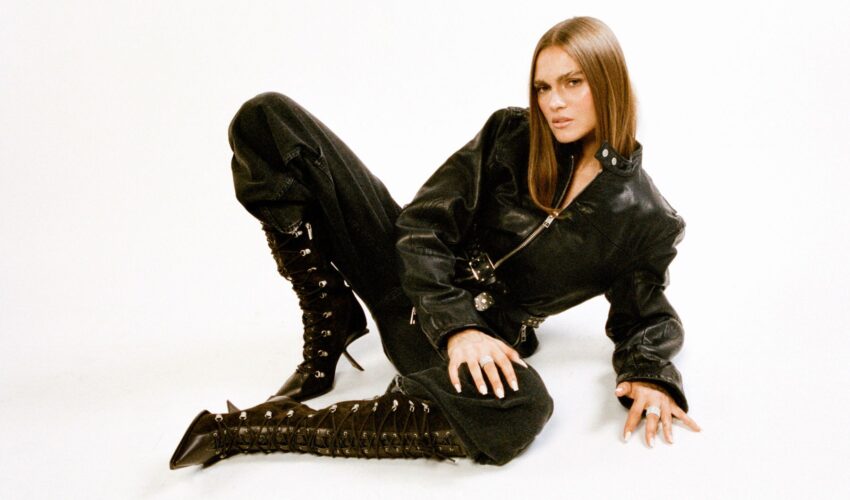
Just In! Be In The Know Fridays
Culture
04/25

What’s Good: New Beauty To Try Right Now
Beauty , Shopping Guide , What's News
04/25
come En-Route with us
Sign-up for our newsletter.
By clicking "submit", you agree to receive emails from En-Route and accept our privacy and cookie policy.




